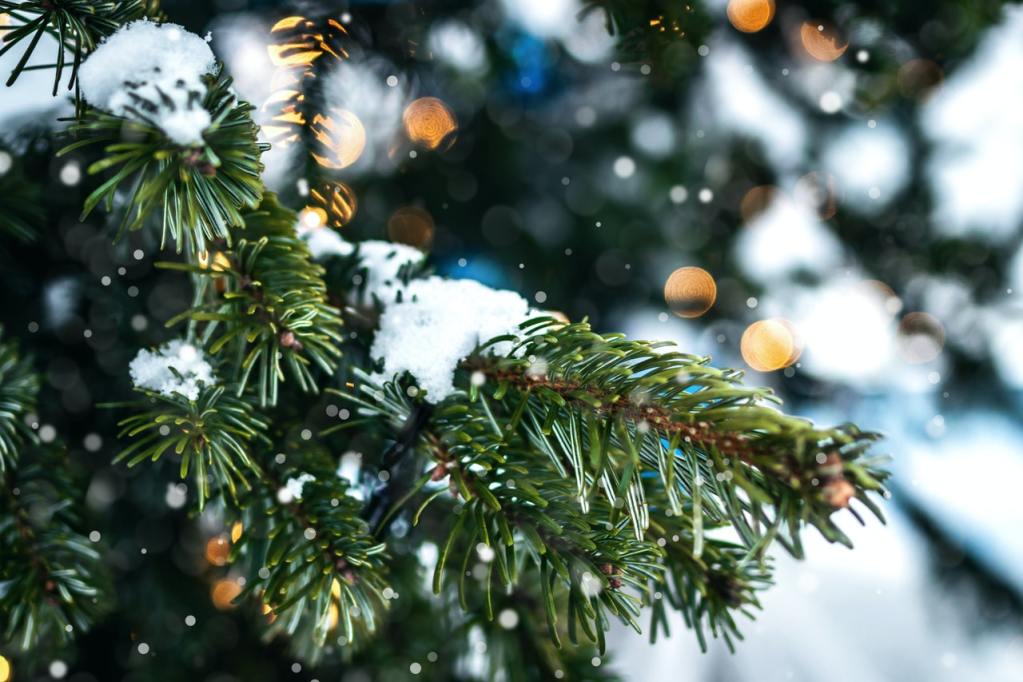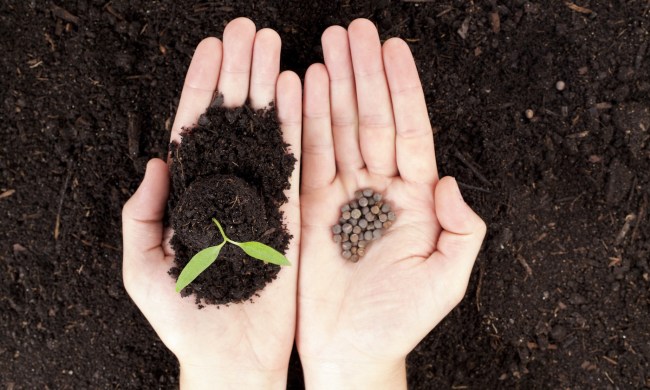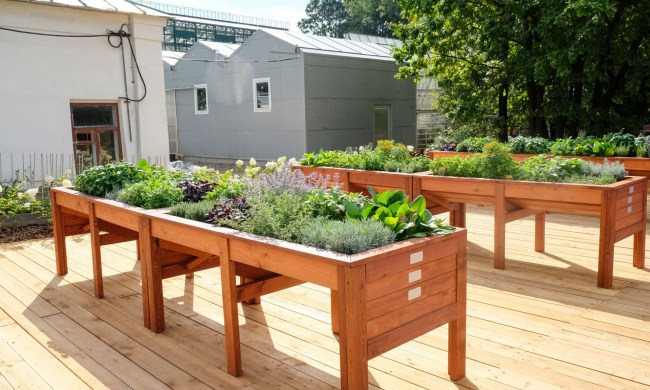Gardening is a great way to get in some exercise while creating something beautiful for you and your visitors to enjoy. However, too much can make your back hurt and your knees ache. Combine some low-maintenance shrubs and bushes with other plants to keep your gardening duties at an enjoyable level. We’ll walk you through what to look for in low-maintenance shrubs and then dive into some of the best bushes and shrubs to add to your garden that won’t create an enormous amount of work.
What to look for
Typically, shrubs and bushes require a certain amount of pruning and shaping each year to control the plant’s natural growth. This process can take hours to complete and is quite physically demanding. To save time and energy, look for shrubs that are slow-growing. The slower a plant grows, the less often you will have to trim it down or shape it back into the look you want.
Another consideration is pest and disease control. A shrub prone to disease will need constant care and attention to ensure it is not infected. Look for bushes that are hardy and resistant to bacterial disease. Similarly, some shrubs and bushes are attract pests. Pests such as deer, birds, or rodents are cute and cuddly until they destroy the landscape around your house. Some shrubs will naturally deter deer and other animals, and these are the ones you will want to look for. Otherwise, you’ll be spending more time and money protecting your plants from these pests rather than enjoying their beauty.
Lastly, you’ll want to know if the plant will lose its leaves. Around a pathway or in front of a porch, shrubs that lose their leaves can create a huge mess that needs to be cleared away. Shrubs that won’t lose their leaves keep the landscape looking fuller even throughout winter and cause less mess in the fall.
What about minimal maintenance?
The occasional trim or pruning is inevitable but won’t be cumbersome if most of the bushes and shrubs around your home are slow-growing plants. Additionally, all plants are food for someone, but if there are deer-resistant shrubs and bushes that don’t have berries that birds like, you may not have to worry about pest control at all.
Raking leaves is a back-breaking chore that we sometimes can’t avoid. While many bushes and shrubs do not lose their leaves in the fall and winter, some do. A bit of leaf blowing or raking might be necessary to keep walkways clear and clean, but this might not be a terrible burden to bear when combined with other low-maintenance plants.

Low-maintenance shrubs
Here are some of our favorite shrubs that do not require too much extra work to keep them looking vibrant and beautiful.
- Dwarf Alberta spruce: Its coned shaped and a slow grower, making it easy to keep under control with minimal pruning. Those are just a few benefits of this beautiful green and delicate evergreen.
- Skyrocket juniper: Perfect for covering up a fence or creating a wall between neighbors, this shrub is an evergreen that won’t lose its leaves and grows tall to cover up anything you don’t want to see.
- Flower Carpet roses: As a ground cover, this blooming shrub can create a stunning blanket of roses that is resistant to bugs and diseases. This means there’s no need for spraying, and the slow growth rate allows for minimal pruning. They also flower all summer long!
- Franklin’s Gem boxwood: Resistant to deer, insects, and disease, these boxwood shrubs are perfect for planting around a porch or deck. They are also very low maintenance and only need a small amount of pruning in the winter or early spring.
- Blue Star juniper: Add a bit of blue to your winter landscape with this evergreen ground cover. Because it grows outward, not upward, this plant is ideal for a low-maintenance garden and requires very little effort to keep it looking its best.
- Dwarf Norway spruce: Nothing phases these round shrubs! The dwarf Norway spruce only grows to be 2 to 3 feet tall and doesn’t need a lot of pruning. They are hardy plants that can tolerate almost any kind of dramatic weather changes, including droughts and floods.
- Emerald ‘n Gold euonymus: Get year-round color with this beautiful yellow and green shrub. Even with minimal pruning and care, these plants have a tidy appearance and keep the garden looking interesting all season long.
When most plants need our attention at least once a week or more, it can be nice to have a plant that instead likes to be left alone. These shrubs are not only low maintenance, but they are also gorgeous additions to any landscape design. Keep an eye out for these, and remember to look for slow-growing and pest-resistant plants on your next garden shopping trip.



